2 Tablespoons extra virgin olive oil
1 diced medium red onion
1 medium carrot, cut into rounds or diced
2 minced garlic cloves
6 cups low-sodium broth, chicken or vegetable
- variation suggestion: use both chicken and vegetable, in equal proportions of 3 cups apiece
2 cups water
4 plum tomatoes, cored, seeded, and chopped (or diced)
- Note: I save the core and seeds to add to puréed stews.
1/2 teaspoon dried oregano
1/4 teaspoon salt
1/2 teaspoon freshly ground
black pepper
One 19-ounce can cannellini (white kidney beans), drained
- Note: When I have time, I use dry cannellini, which I soak overnight.
- Note: I set aside the drained liquid to add to puréed stews or to water house and garden plants.
2 turnips, chopped
- suggestion: chop greens as well and include, along with chopped roots, in minestrone
1 yellow summer squash, chopped, diced, or sliced
1 cup uncooked, small shell pasta (conchiglie), or bow ties (farfalle)
1 Tablespoon fresh basil, chopped
1 Tablespoon fresh parsley, chopped
- personal preference: flat-leaf parsley (Petrosellum crispum var. neapolitanum)
1 Tablespoon fresh rosemary, chopped
1 Tablespoon fresh thyme or lemon thyme, chopped
1/3 cup freshly grated, or shaved, Parmigiano-Reggiano


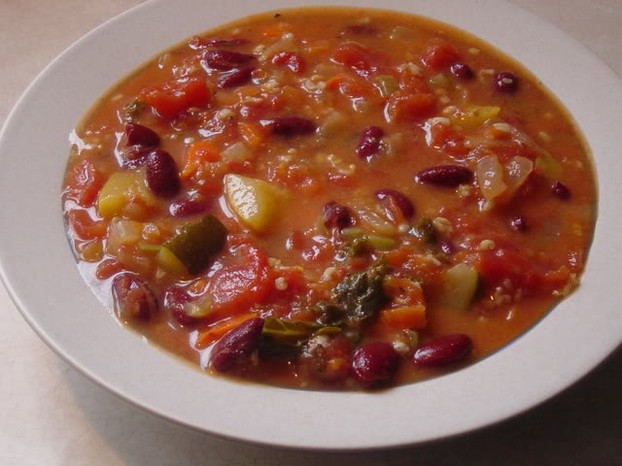
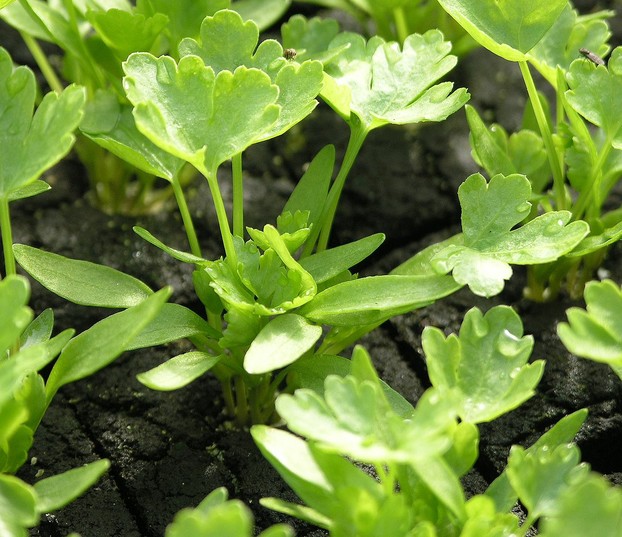
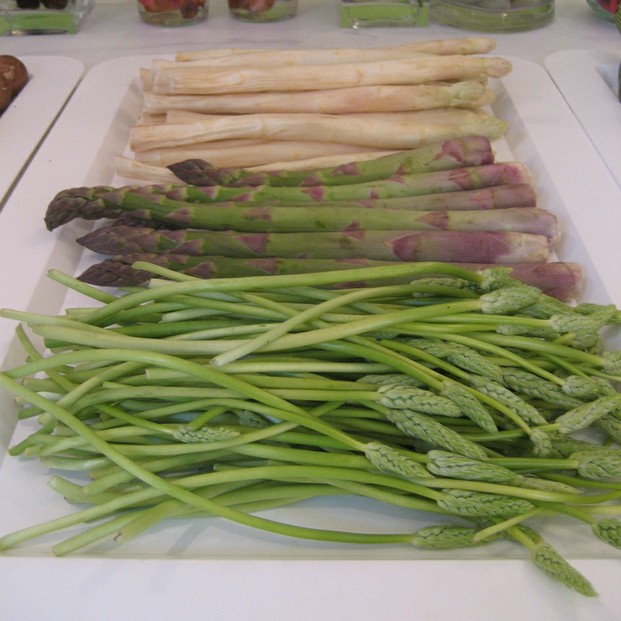
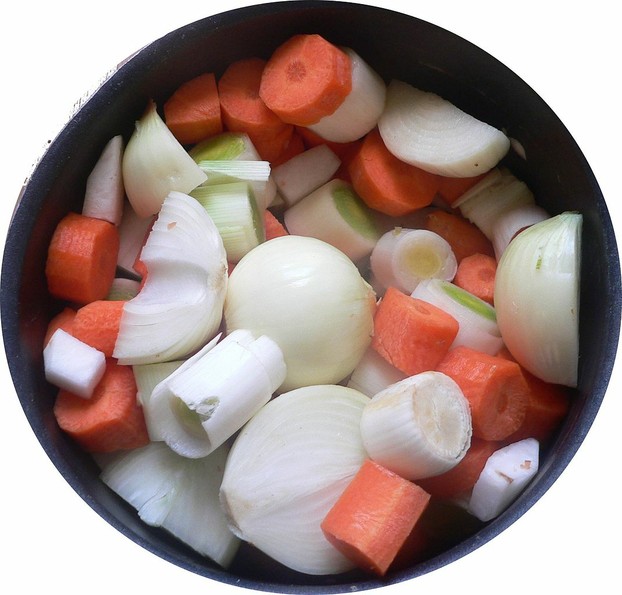
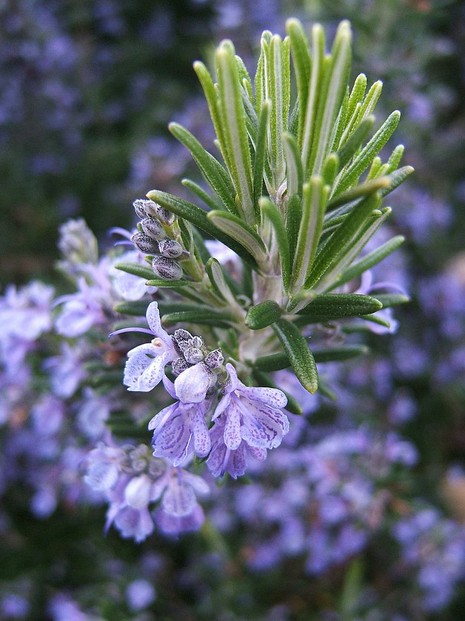
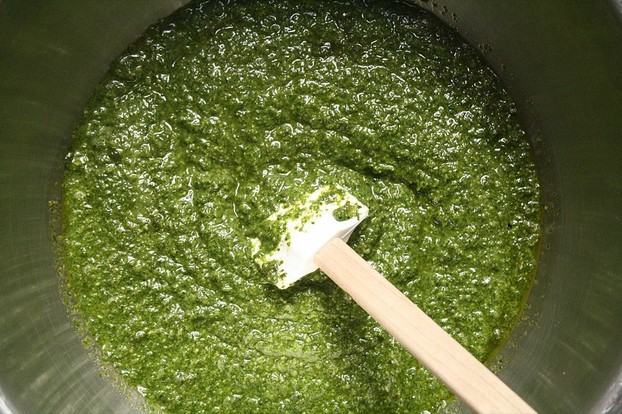
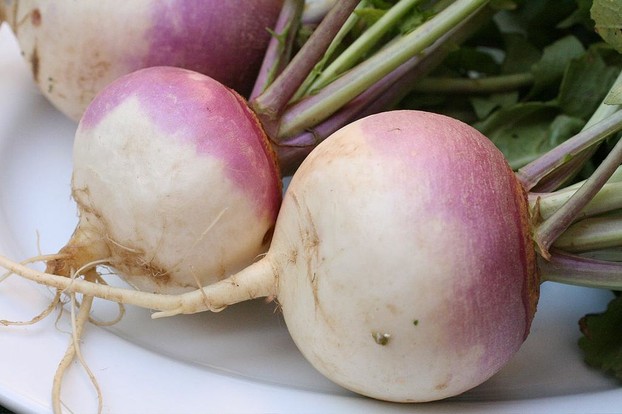
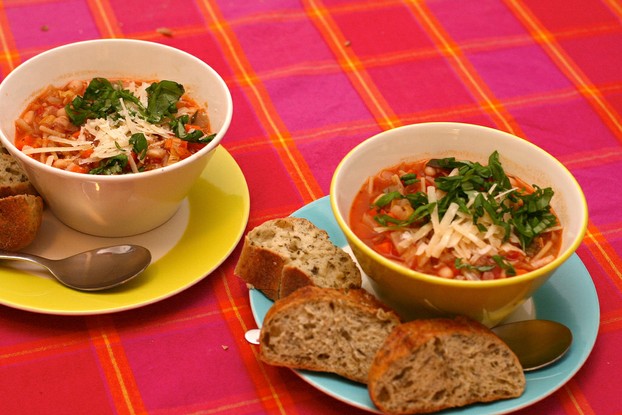




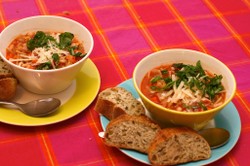

 Are Hawaiian Huakai Po Nightmarchers Avenging Halloween Thursday?on 10/02/2024
Are Hawaiian Huakai Po Nightmarchers Avenging Halloween Thursday?on 10/02/2024
 Mailing Addresses for 2023 Form 4868 Extending 1040 and 1040SR April 15, 2024, Due Dateon 04/15/2024
Mailing Addresses for 2023 Form 4868 Extending 1040 and 1040SR April 15, 2024, Due Dateon 04/15/2024
 Mailing Addresses for 2023 Forms 1040 and 1040SR Filed in 2024on 04/15/2024
Mailing Addresses for 2023 Forms 1040 and 1040SR Filed in 2024on 04/15/2024
 Mailing Addresses for 2022 Form 4868 Extending 1040 and 1040SR April 18, 2023, Due Dateon 04/13/2023
Mailing Addresses for 2022 Form 4868 Extending 1040 and 1040SR April 18, 2023, Due Dateon 04/13/2023
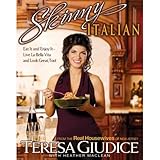
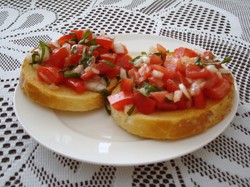
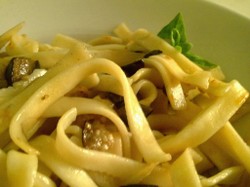
Comments
jptanabe, Minestrone is definitely my favorite soup for autumn. I love its role in using up extras and leftovers. It may be a recycler of a soup but it definitely does not taste or look "second rate"!
Thank you for visiting and commenting.
Have to admit Minestrone is a favorite of mine! Now the weather is cooling off I'll be having it a lot. So many good suggestions here of things to include!